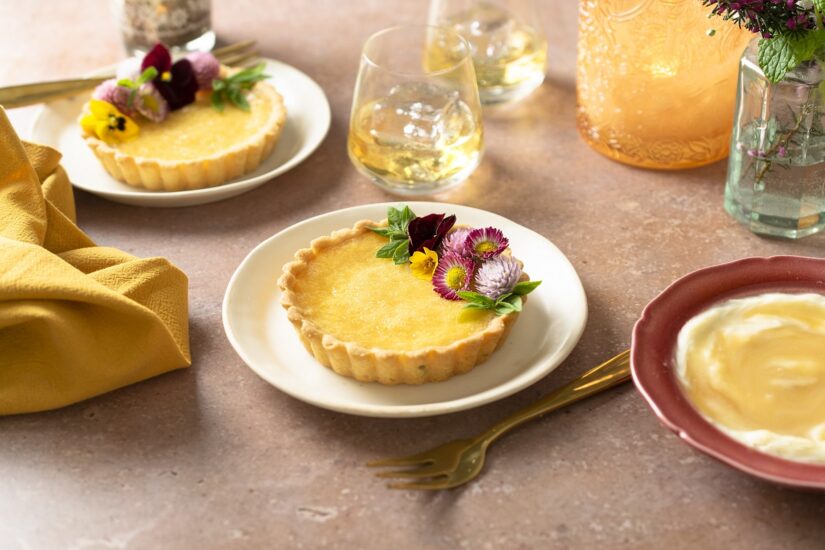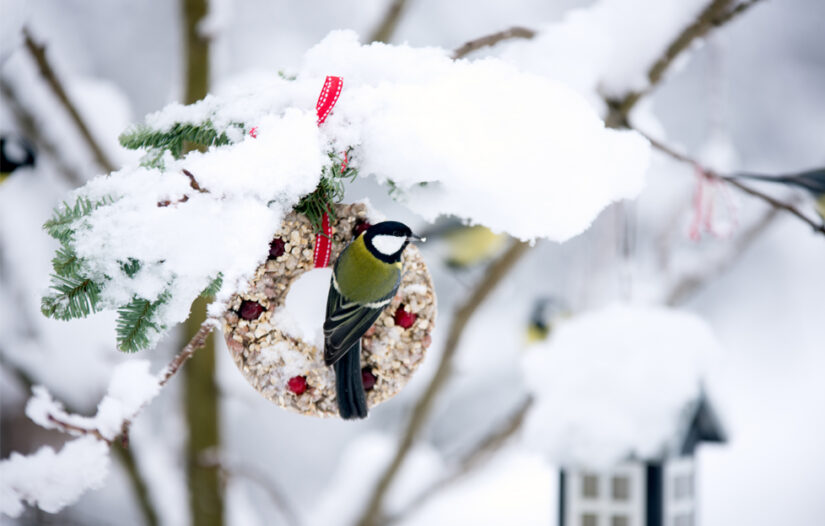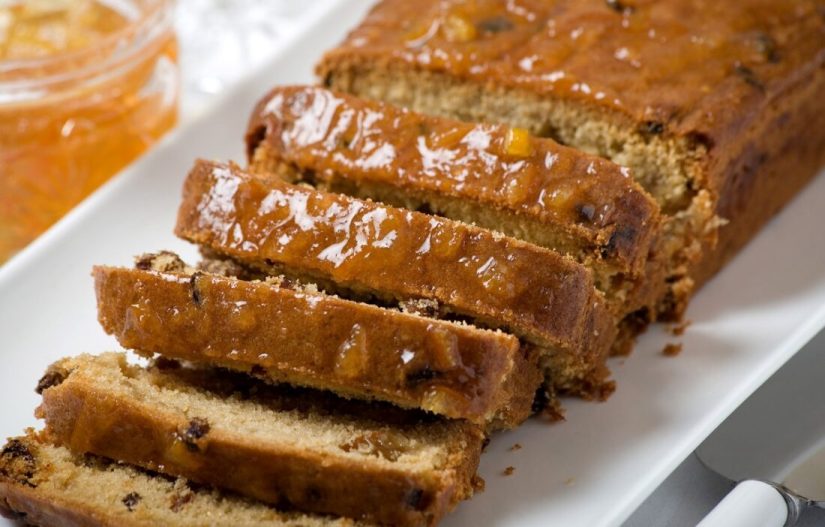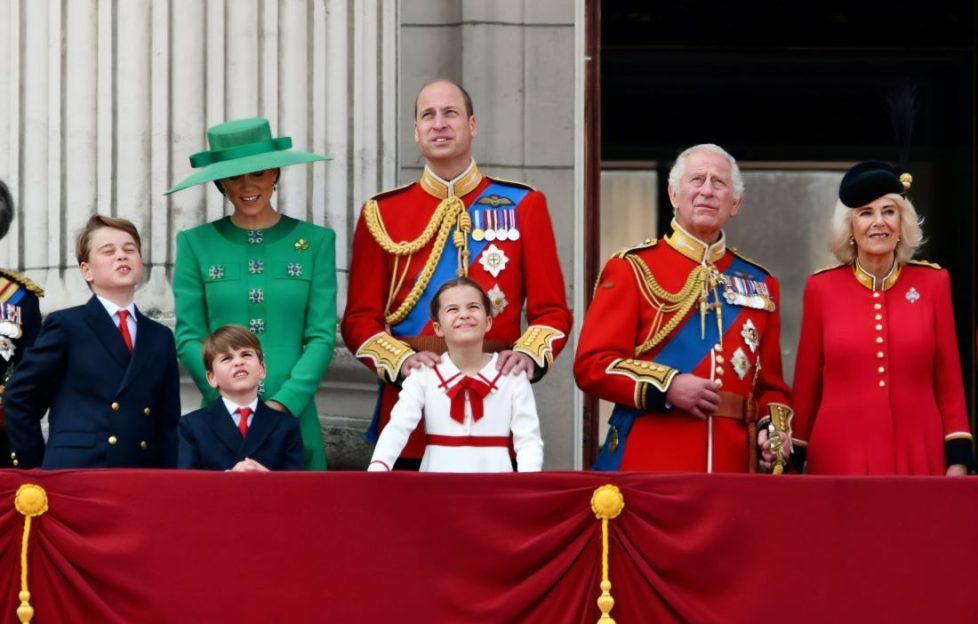
Trooping the Colour is one of the most iconic and enduring ceremonial events in the United Kingdom, celebrating the official birthday of the British Sovereign.
This tradition showcases the rich history and vibrant heritage of the British armed forces.
Here’s everything you need to know.
What is Trooping The Colour?
Origins: The ceremony dates back to the early 18th century and was initially a practical way for soldiers to recognise their regiment’s colours, or flags, during battle. The “trooping” (displaying) of the colours was essential in ensuring soldiers could locate their unit amidst the chaos of combat.
Formal Adoption: Since 1748, the Trooping the Colour has been held to mark the official birthday of the British Monarch, regardless of their actual birth date. The tradition was formalised during the reign of King George II.
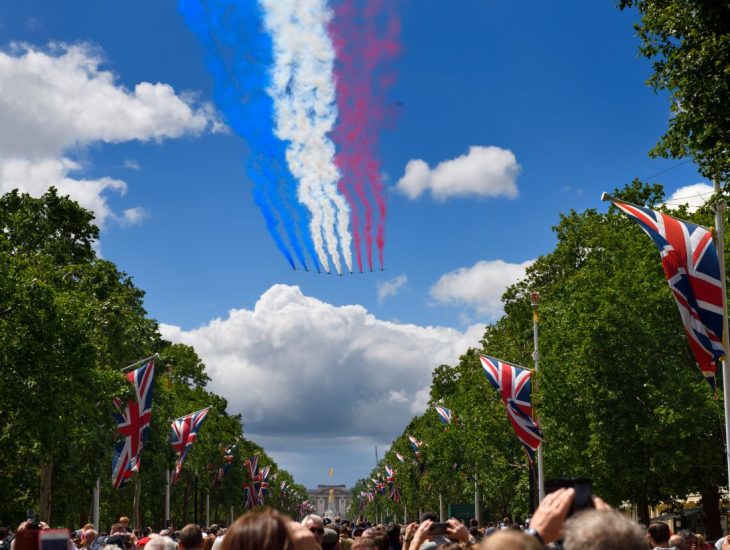
Pic: Shutterstock
The Ceremony
Date and Venue: The event is typically held on the second Saturday of June each year at Horse Guards Parade in London, a location steeped in military history and ceremonial significance.
Participants: The ceremony features more than 1400 officers and men from the Household Division, over 200 horses, and around 400 musicians from ten bands. These units are part of the British Army’s Household Division, tasked with protecting the Sovereign.
Procession and Parade: The day includes a grand parade where regiments of the British Army march in meticulous formation. The focus of the ceremony is the “trooping” of the Regimental Colours – flags symbolising the spirit and history of the regiment.
Inspection by the Sovereign: The highlight of the ceremony is the Sovereign’s inspection of the troops. The Monarch arrives on horseback or in a carriage and takes a salute from the Guards as they parade past.
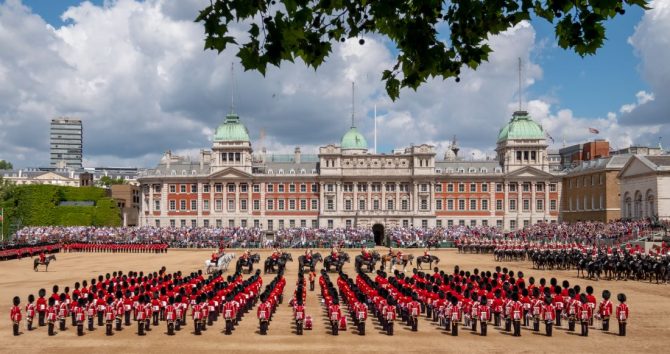
Pic: Shutterstock
Who Attends Trooping The Colour?
Royal Attendance: Members of the Royal Family, including the King or Queen, take part in the ceremony, often appearing on horseback or in carriages. After the parade, they gather on the balcony of Buckingham Palace to watch a flypast by the Royal Air Force.
Public Celebration: Thousands of spectators, both local and international, gather to witness this display of British tradition and pageantry. The event is also broadcast live, drawing millions of viewers worldwide.
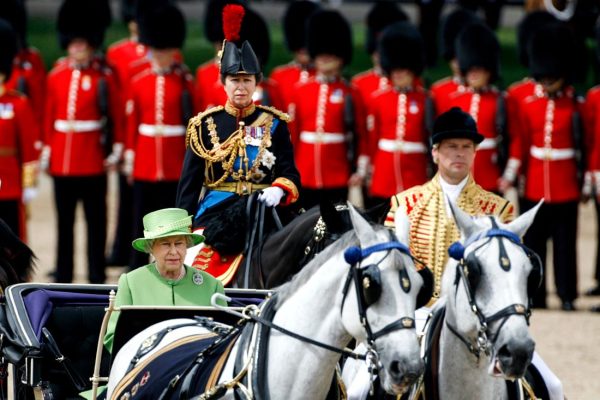
Pic: Shutterstock
Symbolism and Significance of Trooping The Colour
Heritage and Unity: Trooping the Colour is a vivid display of Britain’s military heritage and the unity of the armed forces. It symbolises the loyalty and dedication of the soldiers to their country and Monarch.
Celebration of Sovereignty: The ceremony not only marks the Sovereign’s official birthday but also celebrates the continuity and stability of the British monarchy.
Military Excellence: The precision and discipline showcased during the parade highlight the excellence of the British armed forces and their historical role in the nation’s defence.
Trooping the Colour remains a beloved tradition, symbolising the rich culture and history of the United Kingdom, and continues to be a significant event in the British social and ceremonial calendar.
Take a look at our short stories and poems inspired by the Royal Family:

